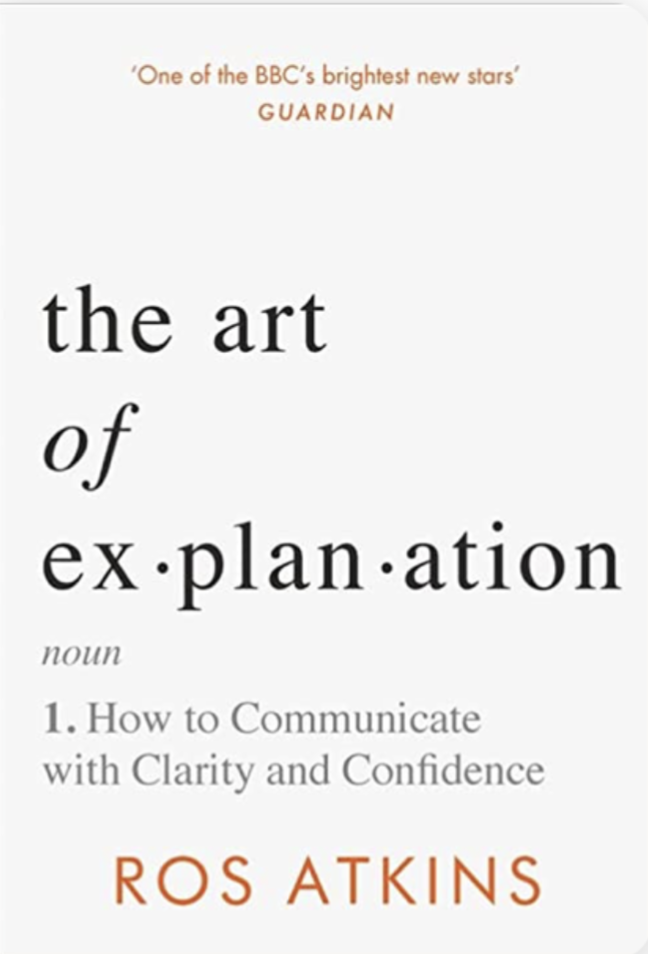I love books – hard copies, not e-books. So when I read something riveting, I make it a point not to dog-ear a book or make notes in the book itself. But when I’m tempted, the entire book-reading experience unfortunately turns into either a drawn-out, internal battle with myself to drop the pencil or a note-making chore.
From the moment I started reading The Art of Explanation by Ros Atkins, I had to stop myself from reaching out for a pencil. But when I made it to the end of the first chapter without giving in, to my surprise, I saw he’d included a summary of the very points I wanted to underline! Not only did it save me from the inevitable internal turmoil, but it also saved me precious note-making time.
It’s an excellent example of chapter two – Know your audience.
Atkins is a presenter on BBC News whose ‘explainer’ videos (according to me) are a masterclass in packaging complex issues in an accessible, informative, and deceptively effortless manner. He weaves in just how painstaking the process of making them is into the book.
whose ‘explainer’ videos (according to me) are a masterclass in packaging complex issues in an accessible, informative, and deceptively effortless manner. He weaves in just how painstaking the process of making them is into the book.
But the book isn’t just for journalists. In my opinion, Atkins has managed to accomplish something that most communication people struggle with – targeting a very wide audience.
He’s managed to tailor-make the book, with summaries, quick references, examples, and anecdotes, so that it’s relevant for anyone who needs to explain anything to a tough crowd – a primary schoolteacher in front of disinterested kids or an employee trying to pitch a brilliant new idea to a busy boss.
Apart from appreciating the fact that you can see that every sentence is meticulously mulled over, I also appreciated the author’s general tone. Atkins’ tone is warm and open. He is unstinting with his praise for his colleagues and makes sure he credits people as he goes along.
At the same time, he doesn’t hide the disappointments he’s had to deal with in his career. He explains how, over the years, he turned what he learned through those experiences into input for the painstaking preparation of whatever he produces. He writes that when someone asks to see how he edits, he sees it in their eyes that they wonder ‘why he’s obsessing over details this small’. “I do this because the details add up to something that is more than the sum of its parts,” he writes.
The book isn’t necessarily an easy read – it depends on what you want to get out of it. It can be, if you’d like to skim the surface of what the book has to offer, there are short explanations for every aspect of the book. For example, there’s a short chapter on writing emails.
It’s not an easy read if, like me, you want to use it as a guide to step up your explanations at work and study to a whole other level. If so, you might just have to whip out your notebook and start making notes, which I now, unfortunately, realise I cannot escape.

